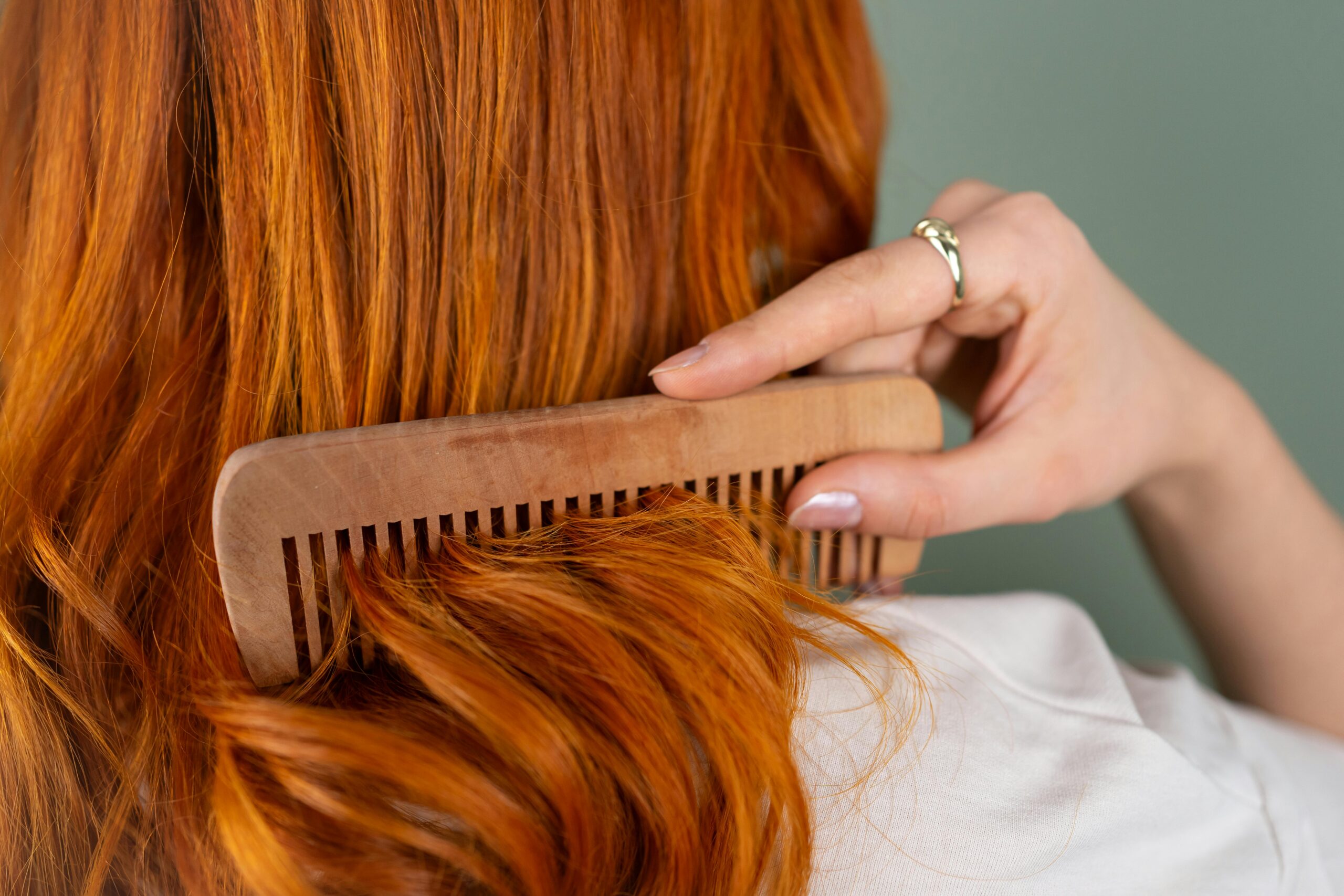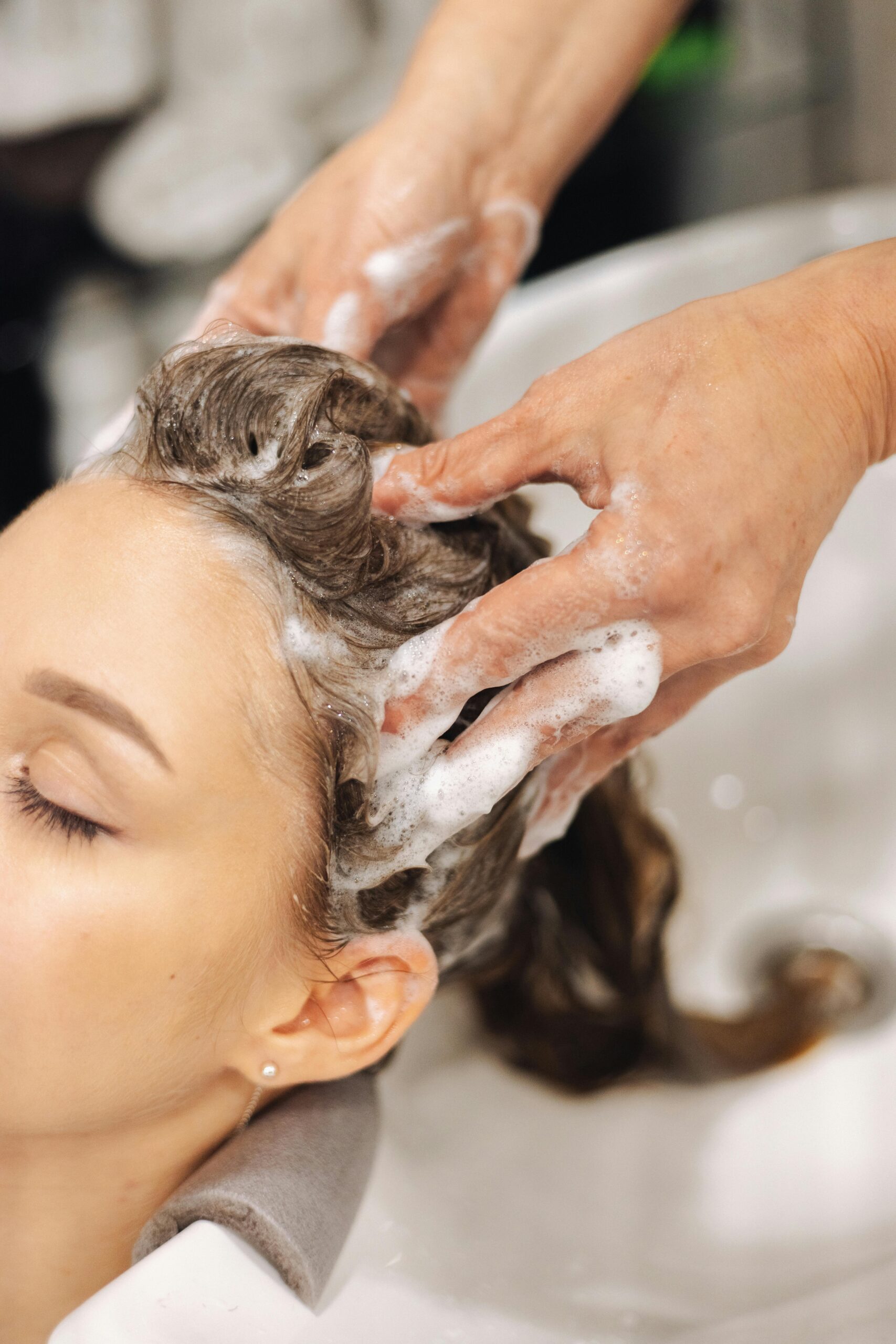Have you ever wondered why you react a certain way in situations, think certain thoughts, or feel specific emotions, often without knowing why? It’s not just conscious decisions driving us—there’s a deeper layer at play. These unseen forces, called background assumptions, quietly shape how we see the world and interact with it. They’re like the invisible framework of a building, holding everything together without us even noticing.

Where These Assumptions Come From
Background assumptions are the core beliefs we hold about ourselves, others, and life itself. They develop during our early years, influenced by experiences, culture, and how we interpret events. While these beliefs can guide us, they can also become distorted or overly rigid, creating patterns of thought and behavior that may hold us back.

How They Impact Our Mental and Emotional Well-being
The effects of these hidden beliefs are powerful, especially when they lead to unhealthy thought patterns or behaviors. Some examples include:
- Cognitive Distortions: These are mental habits that twist reality. Ever caught yourself thinking in extremes, like “I’m a complete failure” or “Nothing ever goes right for me”? That’s all-or-nothing thinking or overgeneralization at work. Other distortions might involve dismissing the good in your life, catastrophizing, or basing your reality solely on emotions.
- Negative Self-Talk: You might be your own harshest critic, constantly striving for perfection or fearing failure so much that you avoid taking risks. This inner dialogue can be relentless and unforgiving.
- Maladaptive Behaviors: To cope with these beliefs and thoughts, some might turn to avoidance, unhealthy habits like substance use, or repetitive behaviors to feel in control. Relationships can also suffer, as these assumptions may create barriers to healthy connections.

Steps Towards Growth and Healing
The good news? These beliefs aren’t set in stone. With effort and the right tools, you can challenge and reframe them to improve your well-being. Here’s how:
- Develop Self-Awareness: Take time to reflect on your thoughts and feelings. Journaling and mindfulness are great ways to observe patterns without judgment. Therapy can also provide valuable insights and strategies.
- Challenge Negative Thinking: When you notice a negative thought, question it. Is it really true? What’s the evidence? Replace those limiting thoughts with more balanced, realistic ones.
- Take Positive Action: Engage in activities that bring joy and meaning. Start small and set achievable goals, celebrating every win along the way.
By recognizing how background assumptions shape your life, you can begin to loosen their grip. Over time, this self-work can lead to a more positive mindset, healthier relationships, and a richer, more fulfilling life.





